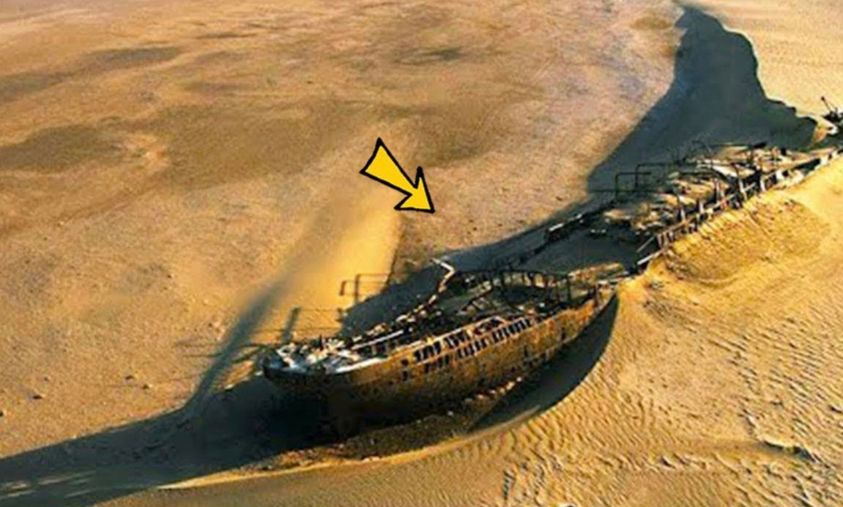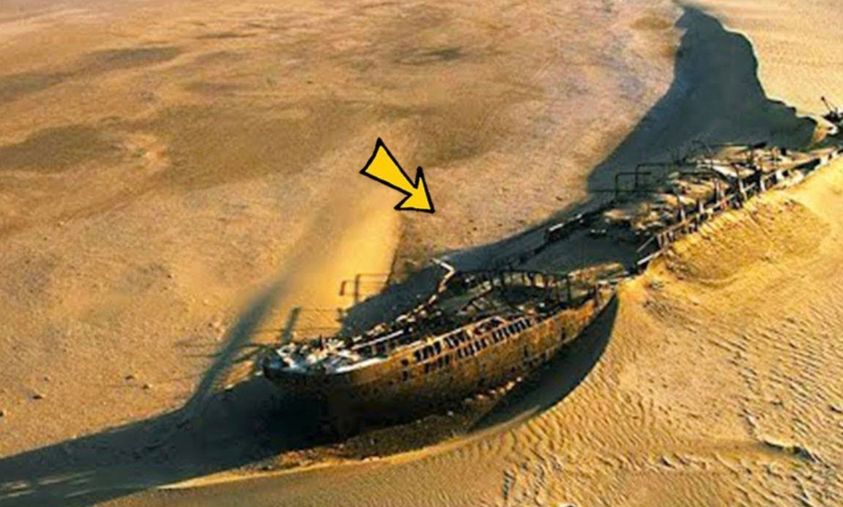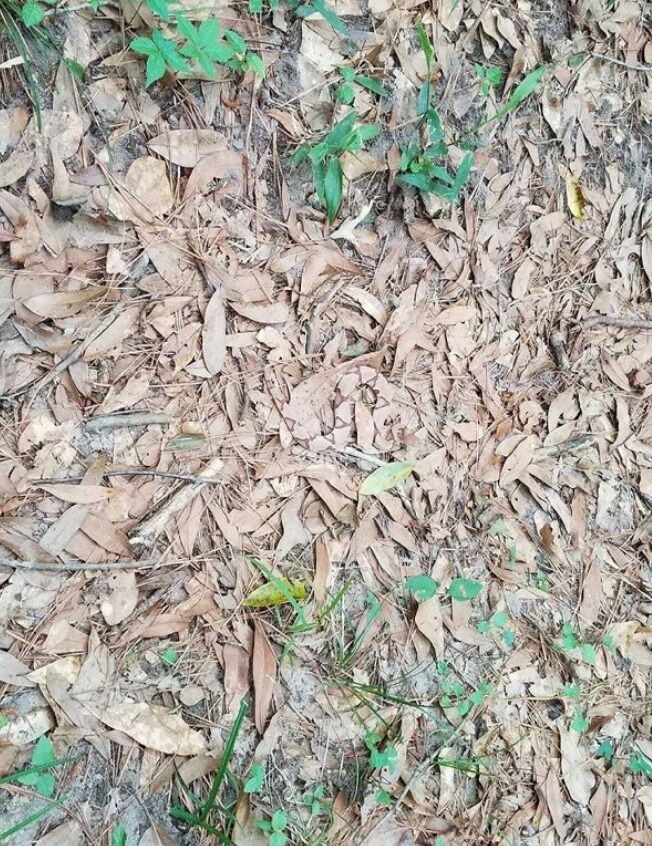
In recent years, one of the most remarkable archaeological finds has captured the world’s attention – the recovery of a ship that went missing five centuries ago in the Namib Desert, located in southwest Africa. This incredible discovery unveils a fascinating tale of adventure, treasure, and the perils of the sea.
The Lost Portuguese Warship
It all began on March 7, 1533, when a Portuguese warship set sail from Lisbon. Little did anyone know that this ship’s fate would remain a mystery for centuries. The vessel embarked on a journey towards India, carrying a valuable cargo of copper and gold ingots. Tragically, a violent storm struck, causing the ship to capsize off the coast of Namibia. As a consequence, the ship and its precious cargo sank beneath the waves, seemingly lost forever.
Uncovering the Treasure
Fast forward to 2008 when the ship’s remains were unexpectedly unearthed during diamond mining operations along the Namibian coast. Excavations led by Dr. Noli, a senior archaeologist from the Southern Africa Institute of Maritime Archaeological Research, uncovered an astonishing treasure trove. Despite spending centuries beneath the sea, the ship yielded two thousand pieces of pure gold and tens of thousands of pounds of copper ingots, remarkably well-preserved.

A Glimpse into the Past
Beyond its valuable cargo, the ship held a plethora of other intriguing artifacts. Exploring deeper, Dr. Noli’s team discovered bronze bowls, long metal poles identified as cannons, muskets, swords, astrological instruments, compasses, and even a time capsule. Among the discoveries were also silver coins, offering a tantalizing glimpse into the past.
The Aftermath of a Violent Storm
The state of the ship upon its discovery revealed the extraordinary severity of the storm that caused its demise. Conspicuously absent were any human remains, suggesting that the majority of the crew either perished at sea or managed to escape the wreck. Dr. Noli emphasized the significance of this find, stating, “It gives new meaning to the concept of the ship being loaded with gold.”
A Mystery Unveiled
Based on the contents recovered from the shipwreck, experts, including Dr. Noli, speculate that the vessel was en route from Lisbon, Portugal, to Western India, taking the southern edge of Africa. This route was commonly used by Portuguese ships carrying comparable cargoes during that period.
Protecting the Treasure
The shipwreck’s location within the Sperrgebiet, or “forbidden territory,” posed challenges. Previously explored by German prospectors hunting for diamonds, the area is now guarded by mine security. Access to the site is limited to a select few. Though the concept of a museum has been discussed, its realization remains uncertain.
This incredible discovery provides us with a window into the past, bridging the gap between history and the present. As we uncover the secrets of this lost ship, we gain a deeper understanding of the courage and resilience of those who ventured across the seas in search of fortune and adventure.





